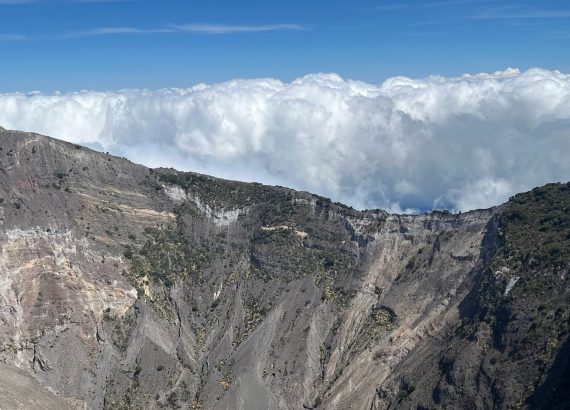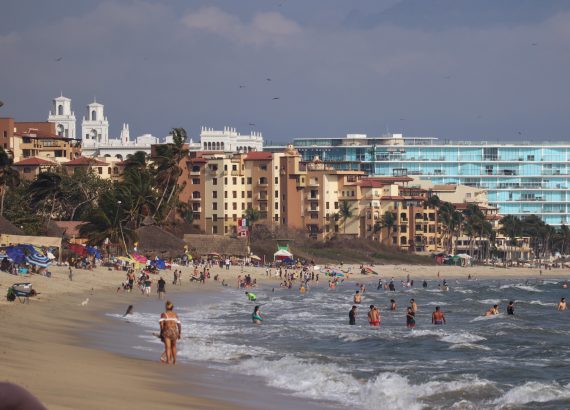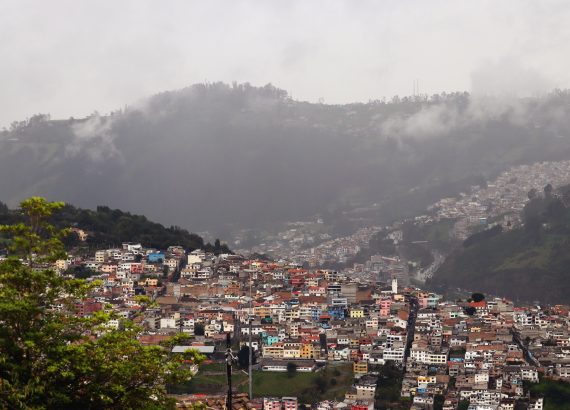After two years of uncertainty caused by the pandemic this year Art Basel was in full force not holding anything back as the art world descended on the city of Miami for a week of art, fashion, music, and partying. Thousands of art collectors, dealers, artists, curators, celebrities and party animals will experience what is most likely the biggest international art fair in all of North America. Every December this art fair, which is now an entire week, gets bigger and better as it is no longer just concentrated at the Miami Beach Convention Center. This year, Miami Art week had over 80+ venues throughout the city of Miami with its fair share of controversy starting with over two billion in art sales even as we are approaching a recession.
So What Exactly is Art Basel ?… a bit of history
There are four international Art Basel fairs that started in 1970 in Basel, Switzerland, then in Paris, Hong Kong and the city of Miami. Today, these Basel fairs represent the largest global platform for Contemporary Art, connecting the business of art with collectors and art aficionados helping galleries find a broader audience which enabled them to nurture emerging artists. This year alone, Art Basel sponsored over 283 galleries from 38 countries. The amount of money spent at these art fairs from shipping to selling art, sponsoring events and all those parties, dinner reservations and hotel stays, is obscene. Back in 2002, the Miami business community actually resisted the idea of having Art Basel come to Miami..there no regrets here.
Art Basel has played a significant role in changing Miami’s image as solely a city of beaches and nightclubs. Today, Miami has become a place where art flourishes year around throughout all of Miami transforming and in some cases gentrifying cities and neighborhoods. This has caused the displacement of local workers essential to the city’s hospitality industry, who can no longer afford the cost of rents and transportation.
What is Different about this Year’s Art Basel?
This is my fourth Art Basel (most likely my last) and each year it continues to grow in its diversity and geography. No longer limited to the convention center or Miami Beach, it now has over 80+ venues of all types throughout the center of Miami in both upscale and minority neighborhoods, such as Little Haiti and Opa-locka. There is also a greater emphasis among galleries and sponsors to feature art from Africa, Latin America, the Caribbean and other third world countries. There are several venues and galleries that target Black Art as there were for women, LGBTQ+, Native Americans and Latinx. Diversity has become integral in how Art Basel engages its global audience.
This year I was struck by how many art exhibitions, cultural events, speaking panels, art contests, public installations and outdoor events were available to the public. Surely, there was something for everyone beyond the party scene.
How to Navigate your First Art Basel Fair
Out of necessity, you need to get the Art Basel official guide and map via its website to plan what you like to see and how best to manage your schedule. How much you like to see will depend on how long you will be there and where you are staying. What has not change much and actually may get worse is the traffic. Driving a car from one show to another is a time suck and forget about finding parking. Best to hire a driver between a group of your buddies that can drop and pick you up or stay in a concentrated area where you can Uber (or park) and walk from one exhibition to the next. The last day of Art Week (Sunday) is usually a less hectic day although some exhibitions will be closed or closing early. The cost is also a factor. The ticket to just attend the convention center is $65 when open to the public. Every satellite exhibition can run you from $15 – $40. A VIP pass will allow you into most of the satellite exhibitions for a much higher fee. If you know a gallery owner who is sponsoring an exhibition, you could ask them for a pass. In Miami, it’s not just the artwork that is expensive….so is everything else.
So …What about the Art?
First of all, there is so much art that it is impossible to see most of it. Between the art fairs, satellite exhibitions, private collections, galleries, museums and cultural centers, there is no way you can see it all. In four days, I was only able to attend about 10 venues trying to get through the crowds and finding time to sit,eat and connect with people.
The art at times was both provocative and boring (especially for someone like myself who attends several art fairs every year). There were plenty of brand name artists for high rollers and celebrities willing to pay millions. Yet, there was so much new and emerging talent at different price points, mostly in the thousands but also in the hundreds. Art themes and concepts were all over the place. You will find themes on climate change to social justice, the Ukrainian war, democracy, immigration, environmental justice, crime, and un-biased love … clearly a reflection of what is happening in our society as well as globally (as it should be). I was a bit turned off by the amount of pop art there was. I can’t tell you how many Marilyn Monroe, Mickey Mouse and other popular icons were continuously showing up. I also was puzzled by the lack of creativity among some of the gallery owners. How many works with straight lines going nowhere can you exhibit?
I loved seeing works that incorporated so many combinations of mediums, adding texture and design to their work. It was gratifying to see art that integrated the use of natural and recycled materials. The use of glass, fibers, wood and fabrics in bold colors combined with paint and other nonconventional materials offers a level of creativity unlike past shows. Photography art was also big as well as sculpture pieces and art installations that borders on the bizarre. Something for every person’s taste.
Artists Whose Works I Truly Loved
Sesse Elangwe is from the Southwest of Cameroon. His portraits with enlarged eyes and the use of dramatic bold colors (see photos) brilliantly stand out from the usual popular portraits I have seen in galleries and museums. These larger-than-life eyes immediately draw you to his work, increasing your curiosity to learn more about what is going on. Having had a degree in political science, Sesse’s work does not shy away from depicting the conflict experienced in his country.
Thandiwe Muriu is a female photographer from Nairobi, Kenya who works truly inspire me. I love her unique style of photographing models using vibrant textiles and patterns, as well as props to add a bit of zaniness to her portraits. Clearly, she celebrates her African heritage in so many forms, from hair to fashion. Her use of patterns and textiles from Kenya sets the stage for a change in beauty standards. It thrilled me that the gallery owner appreciated my love for her work and gifted me with a publication that featured her (thank you Gallery 193).
Cecilia Paredes is another female photographer from Peru who creates these self-portraits that offer camouflaged images against patterned surfaces. Her painted body with the patterns similar to flora wallpaper against a similar background is strikingly beautiful. Her self-portraits are majestic and a tribute to Peru’s native horticulture threatened by both humankind and climate change.
Lúcio Carvalho is a Brazilian artist whose portraits primarily of women with space-like helmets are just so eye-catching and expressive. I love how he combines both the unreal with a bit of reality. His imagination reflects his love for history and fashion using Baroque, Rococo and Renaissance imagery. He too, is a photographer and a late bloomer as an artist, having done so after a career in industrial design (and he is quite young and handsome).
A shout out to Germane Barnes who I know, having worked with him in Miami. Germane is an African American architect and designer who recently was awarded the 2022 Miami Design District Annual Neighborhood Commission. The winning design entitled Rock/Roll is inspired by what we see at carnivals honoring Miami’s BIPOC communities. A reference to the beautiful headdresses used at carnivals. These were made of foam shaped into a capsule where you can sit and cradle yourself. I could not resist taking a selfie while wishing Germane a long life of inspirational designs.
My photos are from the various exhibitions of works that I liked or found interesting and imaginative enough to share. I also included several photos of fashionistas that show up at these events dressed-up to compete with the art. I will have one more story partly related to Art Basel involving my work in the City of Opa-locka to be featured in the February newsletter.
Photos are in the same order as the narrative. Just click the center of the photo for a full view.
Final Note, it will be most interesting to see what Miami Art Basel will look like 5 years from today and its impact on both the economy and the culture of the city …. possibility a chance for another visit.


































































No Comments